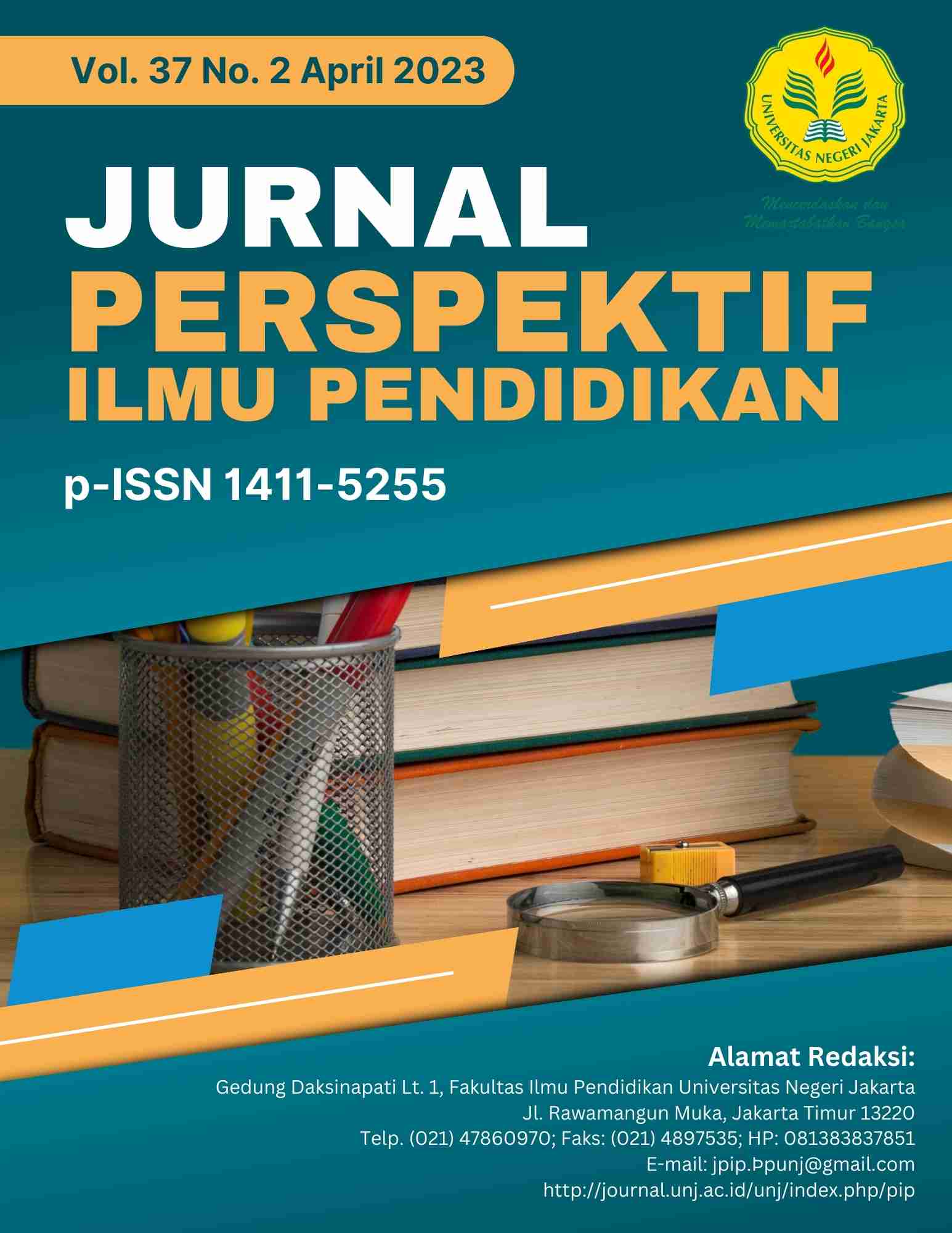TEACHER'S PERCEPTION OF THE USE OF THE CHATGPT APPLICATION AS A LEARNING-SUPPORTING MEDIA
DOI:
https://doi.org/10.21009/PIP.372.5Keywords:
ChatGPT, Persepsi, Teknologi, Kecerdasan BuatanAbstract
Technological developments have had an impact on everyday life. This also happens in the world of education. Technology in the world of education is a means to develop learning in the classroom. One of the emerging technologies is ChatGPT(Generative Pre-Trained Transformer). Technology with artificial intelligence can respond to human-like questions. With the inclusion of this technology, this study aims to determine teachers' attitudes and perceptions about ChatGPT in learning. This is done as a first step to determine the right strategy. The research was conducted using a questionnaire distributed to teachers with the criteria of teaching in secondary schools. Data analysis using SPSS to see the value of each variable. Based on the research, it was found that teachers already know about ChatGPT and accept this technology to help work. The teacher also shows a positive and enthusiastic attitude towards the use of ChatGPT in learning. They recognize its benefits in preparing and planning lessons, developing materials, and enhancing students' insights. Even though teachers find ChatGPT helpful, they still have concerns about their trustworthiness and their ability to implement it. So there is a need for socialization to students before using ChatGPT in learning, to prepare students and strengthen the teacher's role as a facilitator. It can be concluded that ChatGPT has great potential in supporting learning, but it needs socialization, initial understanding, and strengthening of the teacher's role in implementation.
Downloads
Published
How to Cite
Issue
Section
License
Copyright (c) 2023 Toga Ari Harmawan, Amelia Makmur

This work is licensed under a Creative Commons Attribution-NonCommercial-ShareAlike 4.0 International License.
Authors who publish with this Journal agree to the following terms:
- Author retain copyright and grant the journal right of first publication with the work simultaneously licensed under a creative commons attribution licensethat allow others to share the work within an acknowledgement of the work’s authorship and initial publication of this journal.
- Authors are able to enter into separate, additional contractual arrangementfor the non-exclusive distribution of the journal’s published version of the work (e.g. acknowledgement of its initial publication in this journal).
- Authors are permitted and encouraged to post their work online(e.g. in institutional repositories or on their websites) prior to and during the submission process, as it can lead to productive exchanges, as well as earlier and greater citation of published works.
-
Users/public use of this website will be licensed to CC BY-NC-SA Creative Commons Attribution-NonCommercial-ShareAlike 4.0 International License












